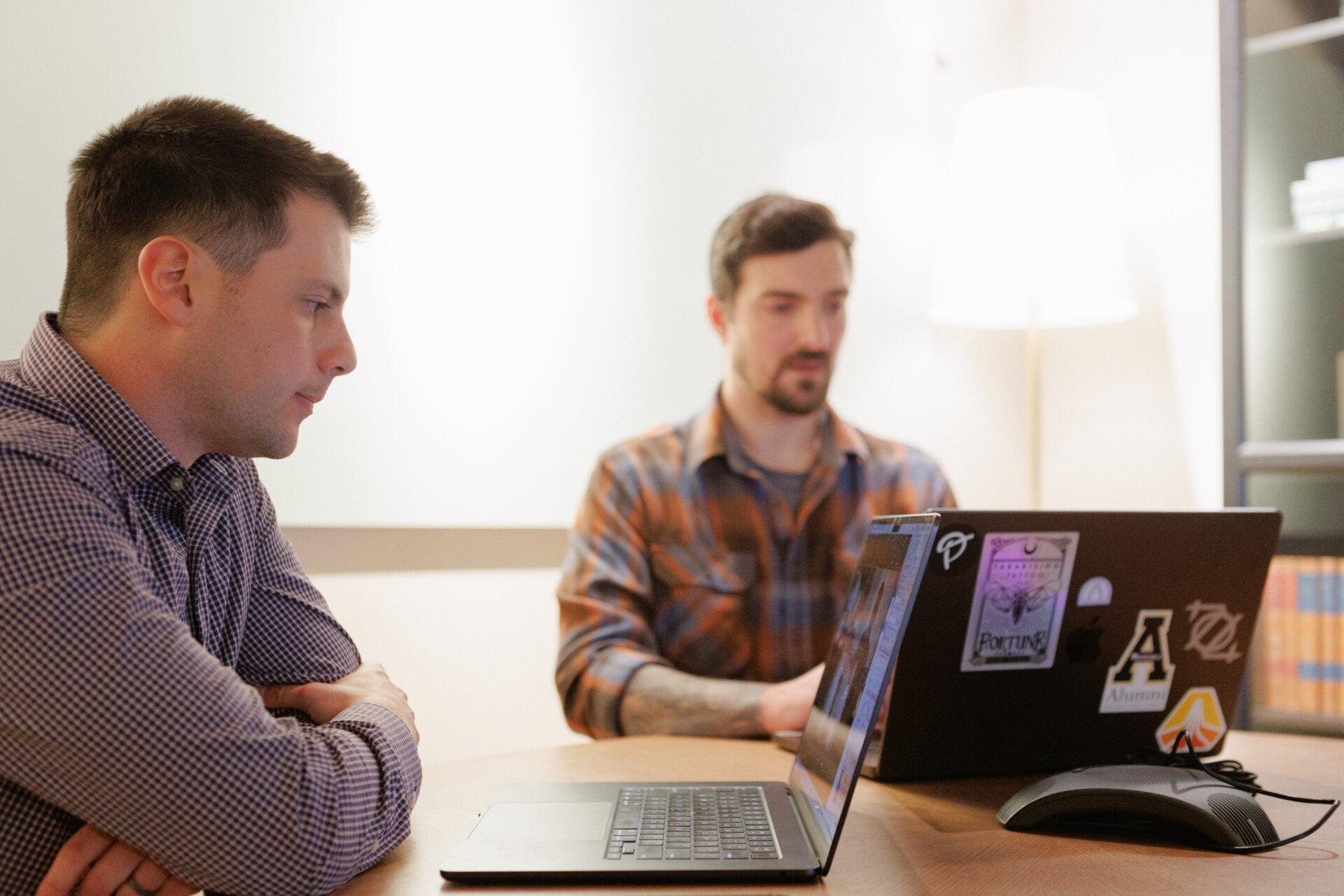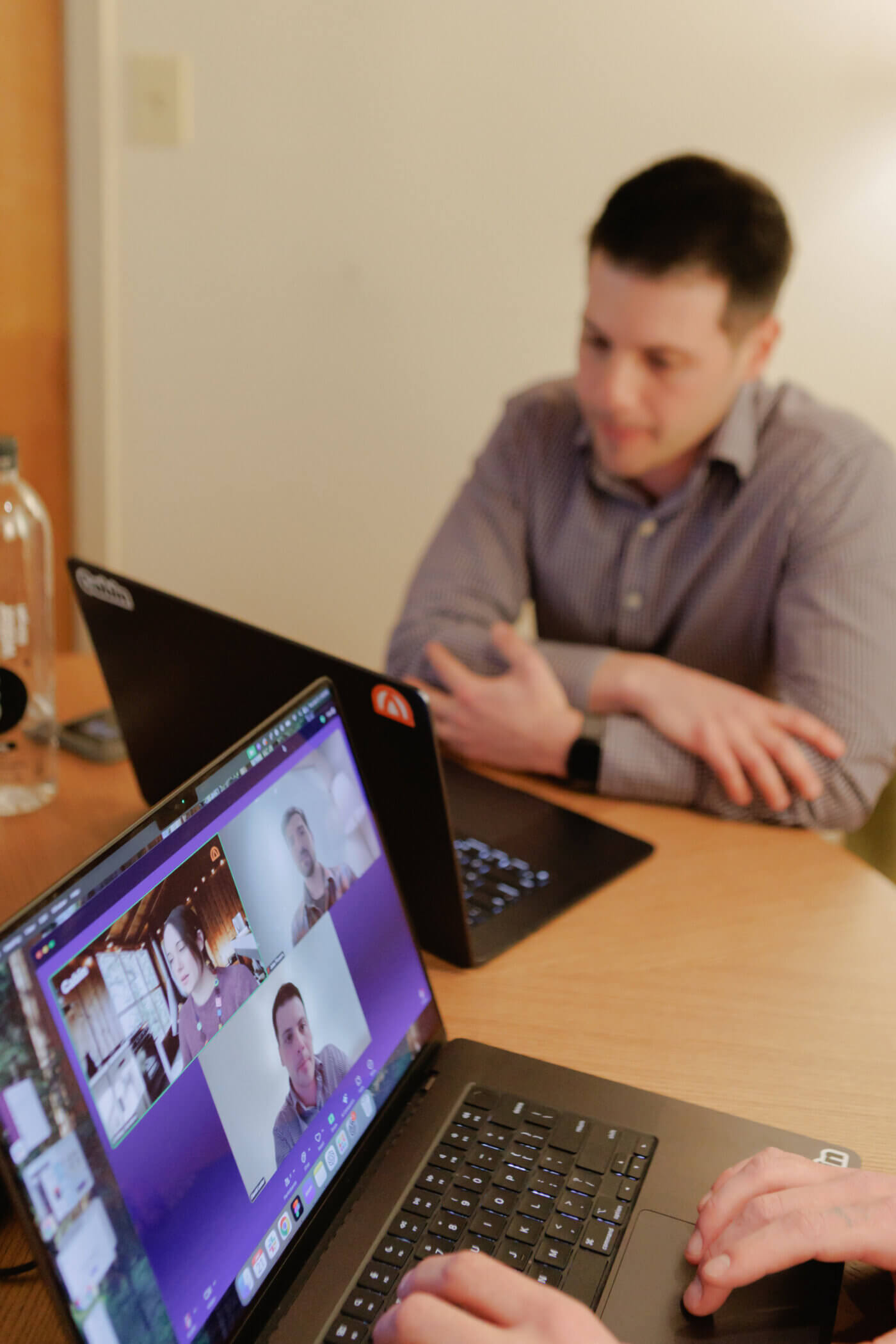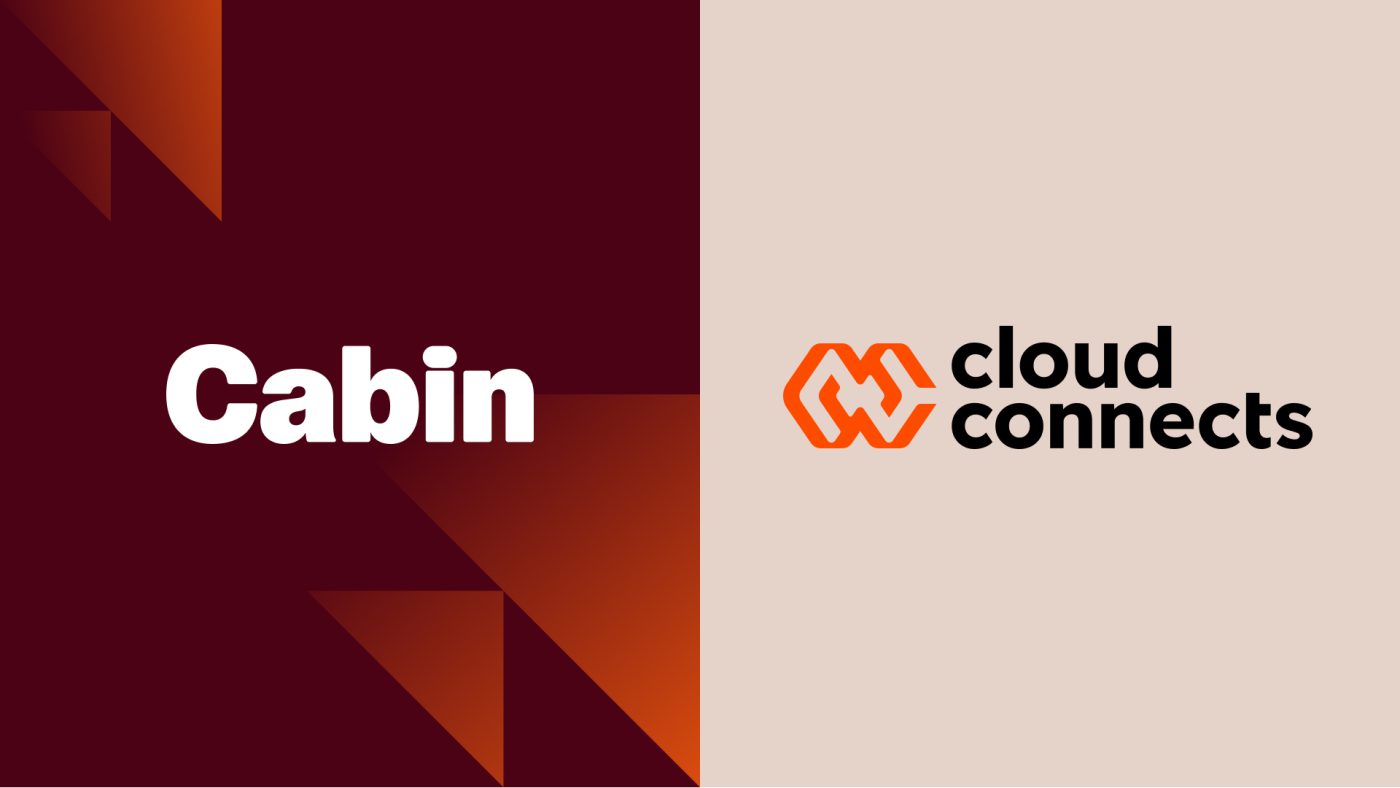The Hidden Cost of Research Debt

Your company doesn’t have a research problem. It has a forgetting problem.
Every quarter, new studies are commissioned, fresh reports are written, and dashboards light up with insights. And yet, when the next decision rolls around, teams ask the same questions, commission the same work, and proudly rediscover what they already knew. The past gets buried under the weight of the present.
That slow erosion of organizational memory is research debt. Unlike technical debt, it doesn’t show up as a broken feature or a bug report. It shows up as wasted budgets, repeated studies, and leaders losing faith in research as a source of truth.
If technical debt clogs your systems, research debt clogs your judgment. And once judgment is compromised, strategy isn’t far behind.
Why We Keep Forgetting What We Already Know
Start with the availability bias. Humans overvalue what’s easy to recall and undervalue what takes effort to retrieve. Fresh surveys feel more trustworthy than archived reports, not because they’re better, but because they’re in front of us. A hundred-page ethnography might live in a forgotten folder, but a shiny new survey dashboard is on everyone’s laptop. Guess which one actually shapes the strategy discussion?
Then add the sunk cost fallacy. Once money and effort have been spent on a new study, leaders feel compelled to use it, even if it’s duplicating what they already knew. The logic is simple: “We paid for this research, so it must be valuable.” Meanwhile, the unpaid debt of past insights grows, and the cycle repeats.
These biases don’t just waste budget; they erode credibility. When executives see contradictory findings or hear the same “new” insight every year, they stop trusting research as a source of truth. Once that skepticism sets in, evidence loses to opinion, and strategy drifts into guesswork.
How Research Debt Accumulates
Research debt rarely looks dramatic. It’s the slow bleed: a usability study ignored here, a set of customer interviews buried there. A new hire “starts fresh” because there’s no shared repository. A team spends six figures on a survey that duplicates what last year’s diary study already proved. Meetings begin to feel like déjà vu because they are déjà vu.
It’s not that organizations don’t value research, they just fall prey to the same cognitive shortcuts that all humans do. The past feels distant, the present feels urgent, and so we keep rebuilding the same knowledge instead of compounding it.
Paying Down the Debt
Escaping this cycle means designing against our natural biases. If availability bias makes us overvalue what’s on hand, then make all insights equally available. That means living repositories, searchable libraries, and research ops practices that surface old work in new contexts.
If sunk cost makes us overcommit to new studies, then create rituals that force reflection on what already exists before commissioning anything new. Ask: What do we already know? Where does the evidence conflict? What’s genuinely unknown? Reframing the commissioning process itself is a nudge and a structural prompt that slows the impulse to chase novelty.
Research That Compounds
The bigger cultural shift is to treat research like infrastructure. Reports aren’t the end of a process, they’re deposits into a collective bank of knowledge. That bank compounds when teams reuse insights, refresh them when contexts change, and share them across silos. Organizations that get this right build a kind of memory that can serve as a bulwark against the forgetting curves and biases that plague everyone else.
Turning Debt into Memory
Research debt thrives on our natural shortcuts: we grab whatever is newest, and we cling to whatever we just invested in. The result is an organization that forgets faster than it learns. The way out isn’t more research; it’s better habits. Structured repositories that make old insights easy to find, cultural rituals that force teams to revisit what they already know, and a mindset that treats research as infrastructure all nudge the system in the right direction. Done well, you stop compounding debt and start compounding knowledge.
And in a world where technology reinvents itself every year, the companies that remember what they’ve already learned will always outrun the ones starting from scratch.














